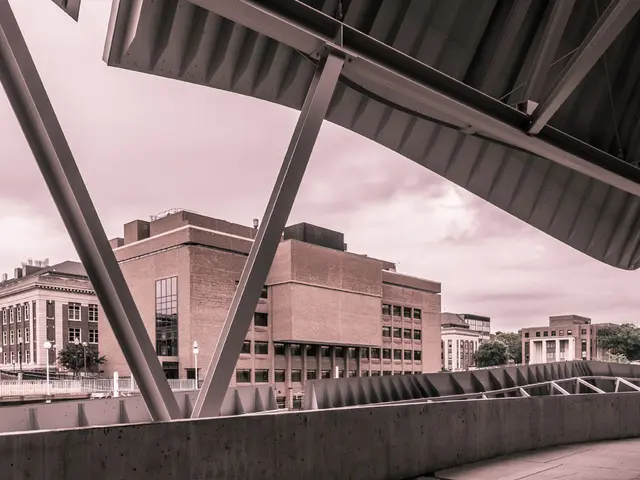Diamanti's Revolutionary Concrete Absorbs 142% More CO2, Set to Build First Full-Size Prototype in France
Diamanti, a revolutionary concrete project, is set to build its first full-size prototype in France. This innovative concrete mixture absorbs significantly more carbon dioxide than conventional mixes, promising a substantial reduction in the material's environmental impact.
Diamanti's concrete absorbs 142% more carbon dioxide than standard mixes, thanks to its use of diatomaceous earth (DE) to replace some cement. This creates channels for carbon dioxide penetration, enhancing the material's carbon absorption potential. The project also increases the surface area of concrete structures, further boosting their carbon absorption capabilities by another 30%.
Concrete is the world's most used manmade material, but it also accounts for around 8% of global greenhouse emissions. Diamanti aims to tackle this issue by combining novel materials and efficient designs. Its 3D printing process reduces construction time, material, and energy use by 25%, and cuts the need for steel by 80%. Additionally, Diamanti's first design, a pedestrian bridge, uses 60% less carbon dioxide while retaining mechanical strength.
The Diamanti project, a collaboration between the University of Pennsylvania and the Swiss company Sika, is poised to make a significant impact on the construction industry. Its innovative concrete mixture and efficient production methods could lead to substantial reductions in greenhouse gas emissions. As the project progresses, further developments such as material improvement, technology integration, and scientific research are expected to drive the project forward.






